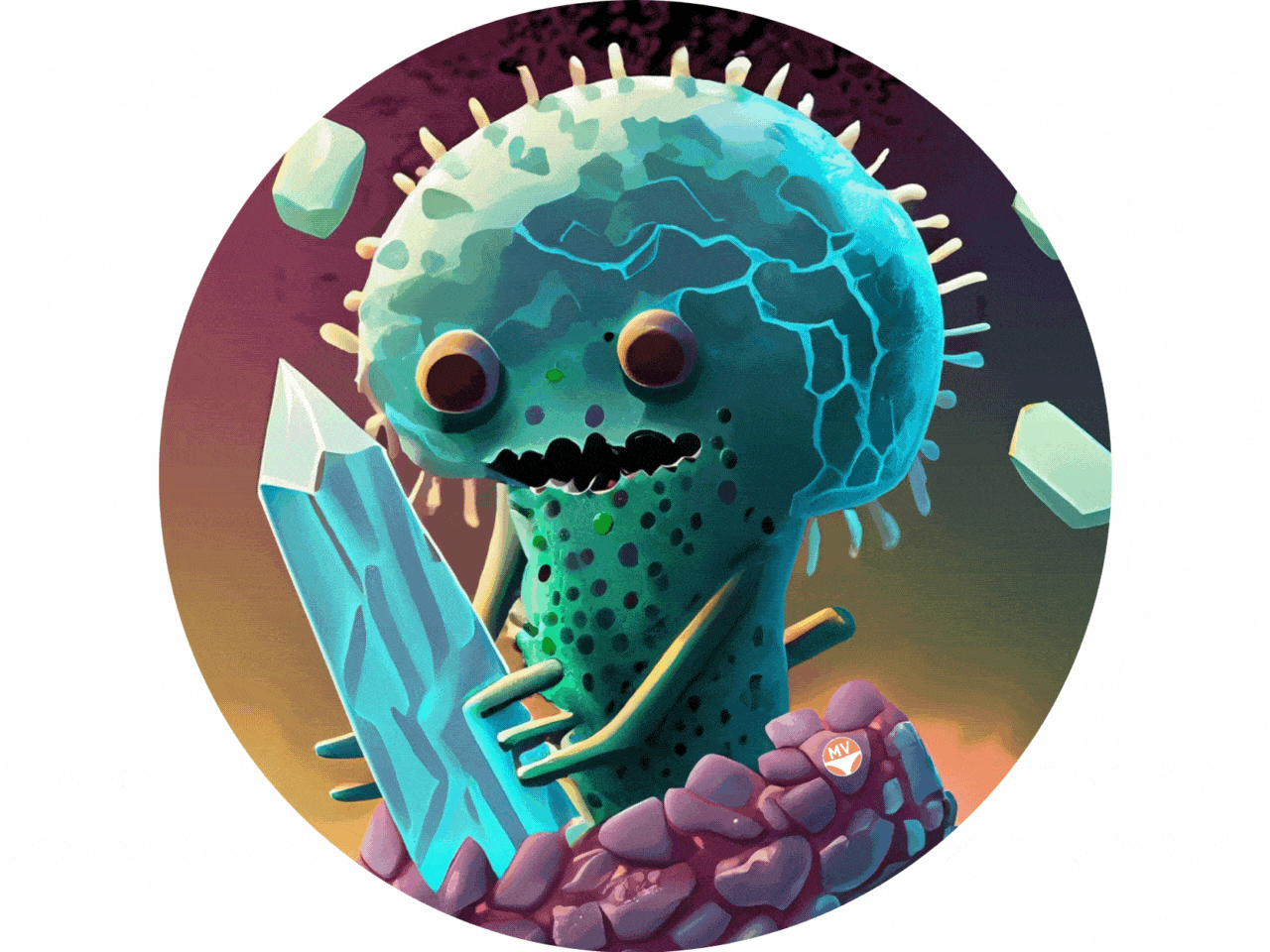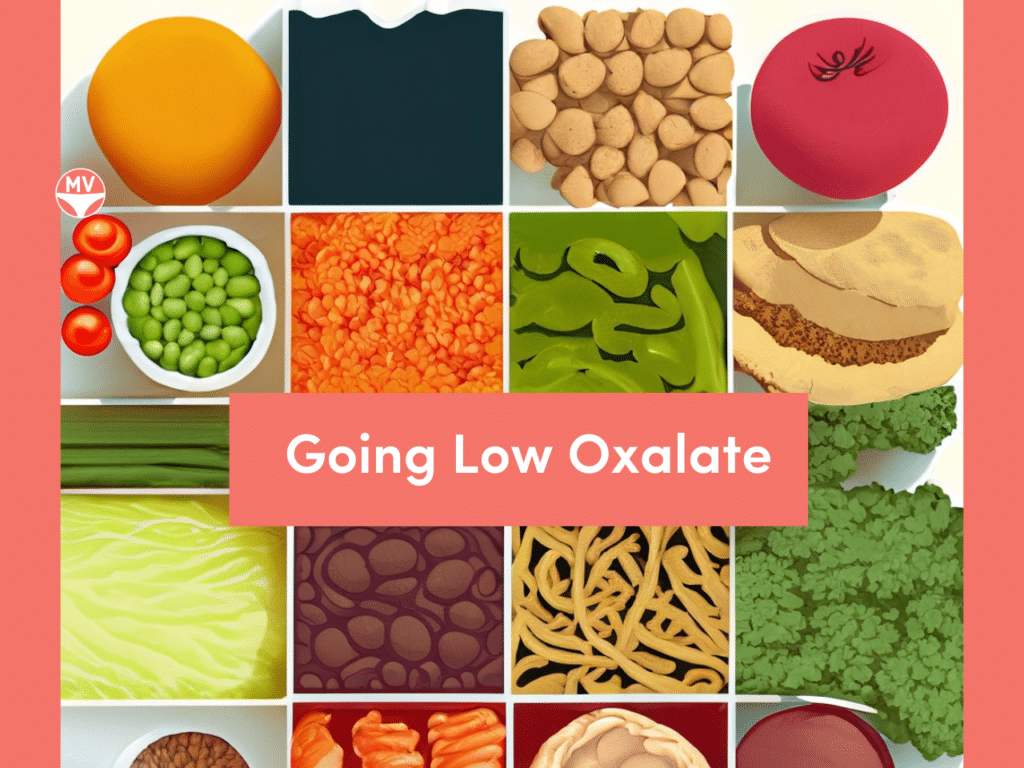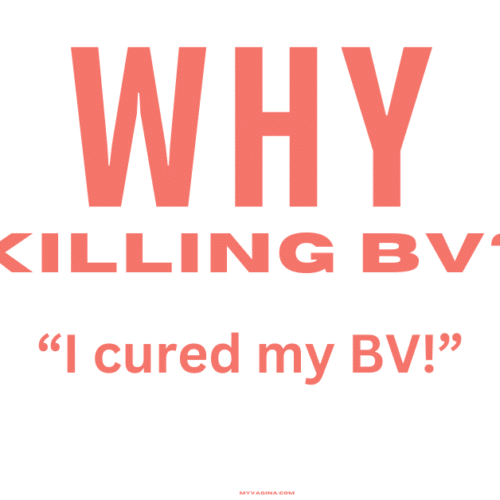Understanding and doing the low oxalate diet
What to do before you start the low-oxalate diet
Look at the list of low-oxalate foods on the list and what you’re currently eating to establish if you are currently eating low or high-oxalate foods already.
If you have an oxalate-heavy diet and have for a long time, you may see more severe symptoms at the start of the diet. For this reason, the first week or two should be cutting out very high oxalate foods only and working your way backwards each week.
Work gradually over several weeks or months to a low oxalate diet. The low oxalate diet, once you get there, may only need to be followed for a few weeks or months for the full benefits to be seen.
Meal planning is really important to ensure you’re getting sufficient nutrients. For example, many grains are high in oxalate but also contain many calories. Use an app like Cronometer to check your nutrient levels and fill any gaps.
Adults on a low oxalate diet should be limiting oxalates to 40-60mg per day and eating a 2,000-calorie diet. This works out to 33-50 calories per mg of oxalate. This is just an approximation – you can work out your needs using Cronometer, which tasks your height, weight and activity levels into consideration.
How oxalates are absorbed
We eat oxalates in food, and some processes in our bodies also produce oxalates. The diet is the main source of oxalates. If we can catch and disable the oxalate in the digestive system, it prevents it from entering circulation and tissues, helping to prevent the symptoms associated with excess oxalates like pain, vulvodynia and chronic urinary tract infections.
Gut flora and oxalates
One specific microbe, Oxalobacter formigenes, gobbles up oxalates in the digestive tract. This probiotic bacteria is one of the only known microbes that take up oxalate and remove it from circulation. The main issue is getting hold of this probiotic.

Swedish researchers are working on a product, but it’s not ready yet. An Indian company sells these; the product is called Oxalobact by Fourrts India Laboratories Pvt Ltd. If you’re going low oxalate, find an online supplier, buy a stash of these, and take them as directed. They will help.
It’s important to focus on healthy gut bacteria and prebiotic fibres to ensure they’re healthy and strong, as while O. formigenes is the main oxalate consumer, there are others, including some lactobacilli species.
What you’ll need to bind the oxalates from food
- Calcium citrate
- Magnesium citrate
- Vitamin A
- Vitamin E
- Zinc
- B6
What not to take while going low oxalate
Vitamin C is converted into oxalates, so keep vitamin C under 150mg per day.
Checking urinary and salivary pH
Check your saliva’s pH and urinary pH to monitor changes. The pH of saliva should be about neutral at about 7, give or take. Above seven is more alkaline, and below seven is more acidic. Look for shifts in either direction.
What you can expect
You may find swings and roundabouts in the process of lowering oxalate intake and absorption. There may be an initial period of improvements, followed by regression and worsening of symptoms. Expect this! You’re doing a huge cleanse of sorts, and your body is working hard.
- A worsening of symptoms like pain, redness, urinary frequency or urgency.
- Rashes in places you’ve not seen before, different types of rashes
- Gum problems, loose teeth – seek extra antioxidant support
- Mood, behaviour and speech symptoms, especially in children
- Diarrhoea, sandy stools with black specks
- Streptococcus infections (rare), may be because the infection surrounding oxalates that are now liberated
- Change in desires for foods, reduced craving for high oxalate foods
- Increased or reduced appetite during various phases
Getting help
Contact your practitioner for support going through the low oxalate regime.






